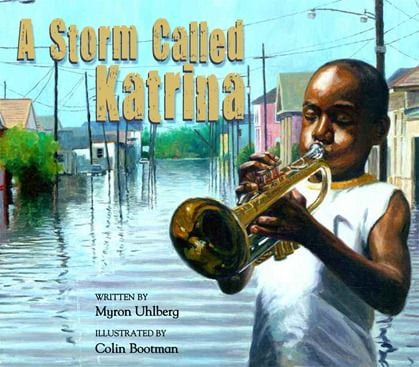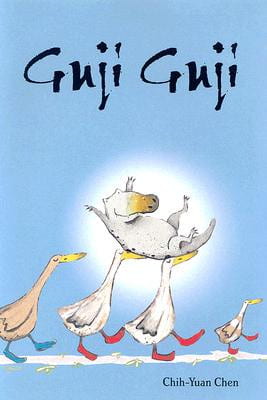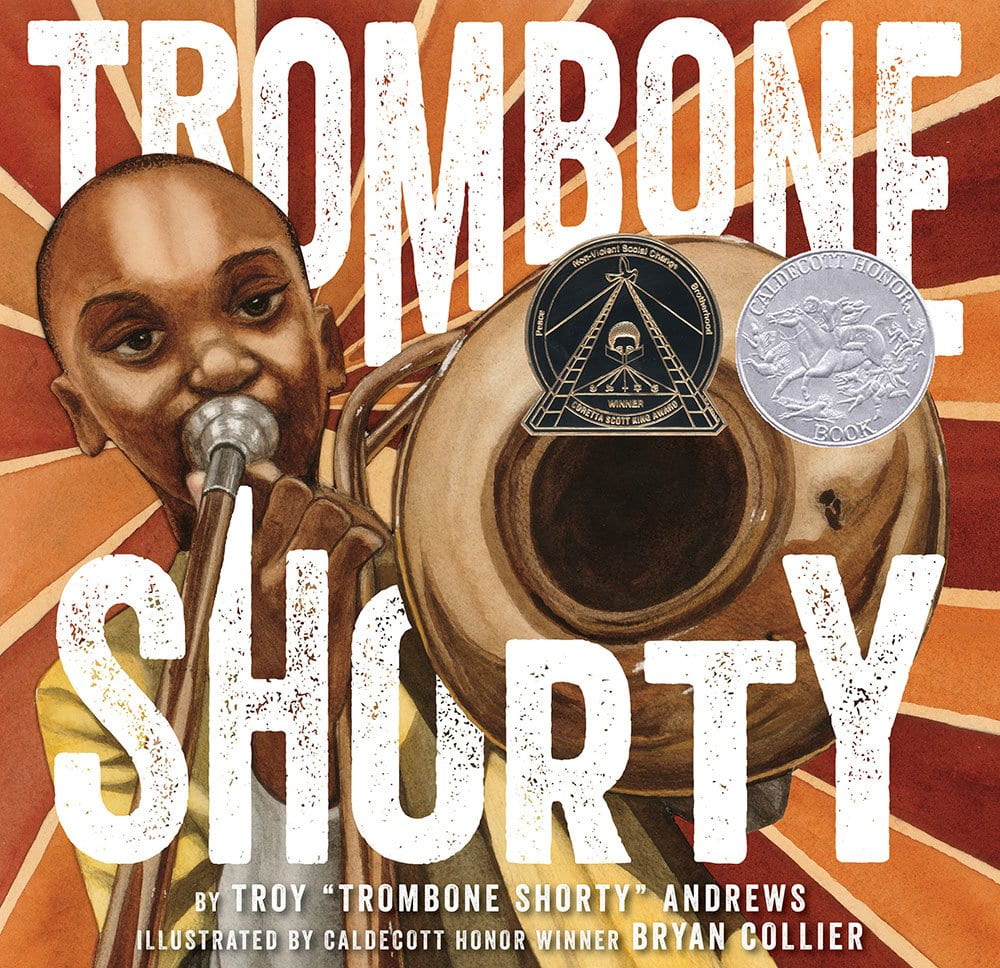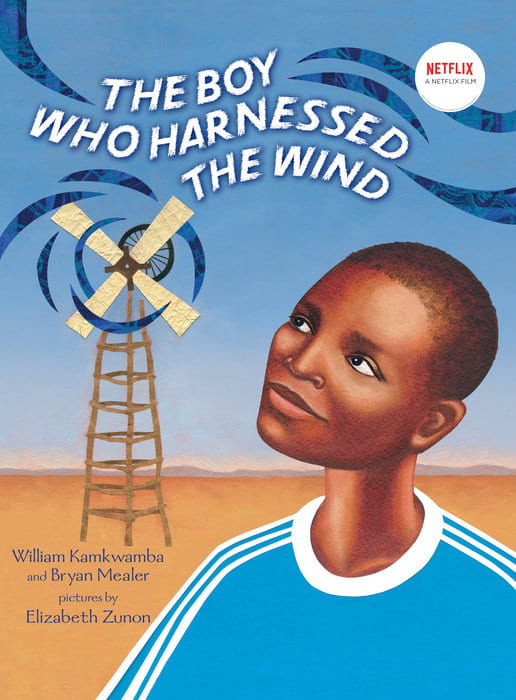A Storm Called Katrina

Lesson Summary
Louis and his family have to flee their home when Hurricane Katrina hits New Orleans and the levees break. Scientists and engineers are working to develop creative ways to prevent this type of damage and destruction from happening again during future storms. But which is the best option for Louis?
Can you choose the best way to reduce the impact of the next hurricane on his neighborhood?
Science, Technology & Engineering
4-ESS3-2. Evaluate different solutions to reduce the impacts of a natural event such as an earthquake, blizzard, or flood on humans.
ELA Standards
4-ELA-RL-Key Ideas and Details 1. Refer to details and examples in a text when explaining what the text states explicitly and when drawing inferences from the text.
4-ELA-RL-Key Ideas and Details 3. Describe in depth a character, setting, or event in a story or drama, drawing on specific details in the text.
4-ELA-RI-Key Ideas and Details 1. Refer to details and examples in a text when explaining what the text states explicitly and when drawing inferences from the text.
4-ELA-RI-Key Ideas and Details 3. Explain events, procedures, ideas, or concepts in a historical, scientific, mathematical, or technical text, including what happened and why, based on specific information in the text.
Video
A Storm Called Katrina by Myron Uhlberg



